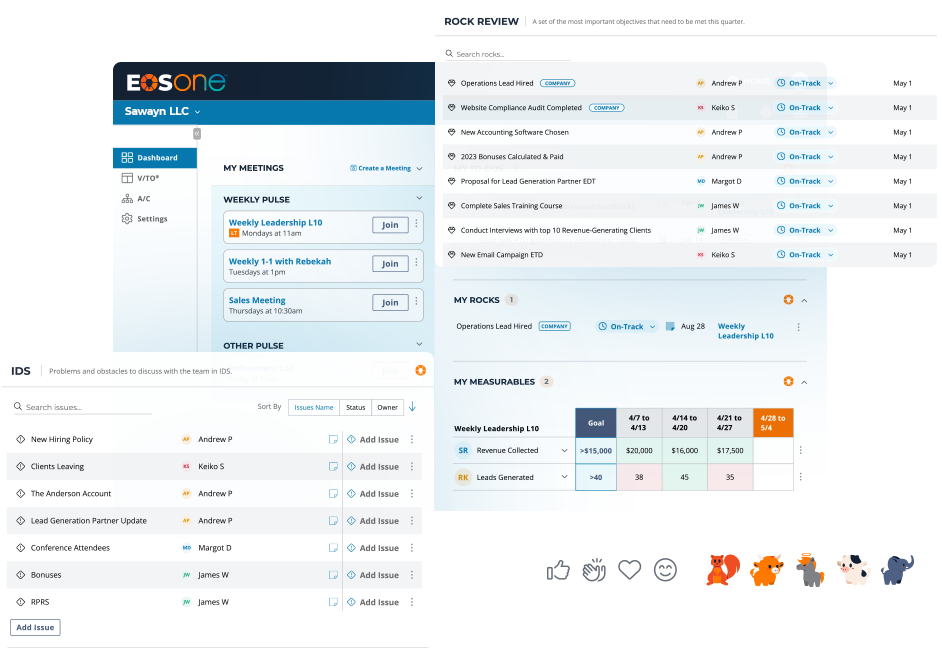Remember playing Whack-a-Mole as a child? Moles pop up through multiple holes and – thump-thump-thump! – you take a padded mallet and whack their heads. Down they go, only to reappear a moment later. What was great fun at amusement parks and carnivals is no fun as a leader in the business environment when the “moles” are problems that keep rearing their annoying heads time and time again.
Depending on your business, “moles” can take many different forms: product issues, fulfillment mistakes, poor profit margins, customer dissatisfaction, lack of employee motivation, recurring conflicts, process inefficiencies … there is no end to the moles that can pop up. What is worse, it can seem like there is no end to the number of times the same mole can reappear on the scene.
Why the aggravating recurrence? Usually, it is because you have been playing Whack-a-Mole rather than solving the systemic issue. For example, a retailer might give a hundred customers compensatory gift cards for incomplete order fulfillment, but until the source of the fulfillment issue is resolved, the only thing to look forward to is giving hundreds more.
Why Leaders Play Whack-a-Mole
Obviously, as a leader, you want to solve business problems; it is one of your prime responsibilities. So how might you get sucked into endless rounds of Whack-a-Mole? Here are seven common reasons:
- Not enough humility. Let’s get this one out of the way upfront. Sometimes a leader’s ego prevents him or her from acknowledging that there is a systemic problem for fear that it will reflect badly on their leadership. If that describes your situation, trust me: solving the problem will always be better for your reputation than trying to hide it.
- Not enough pain. Sometimes, the “moles” are just annoying. Sure, there are a lot of them and they keep popping up, but they aren’t major issues so you don’t deal with them. Remember, however, that even small things mount up over time, digging away steadily at your profits and potential.
- Not enough urgency. There is always more to do than there is time to do it. Consequently, you might be tempted to put off problems that have not hit critical mass until the infamous “later.” But is it really wise to put something off now only to have it explode at some future date?
- Not enough ownership. You might identify a problem and even a solution, but if no one takes ownership of execution, the problem will persist. After all, if nothing changes, then nothing changes.
- Not enough visibility. The tunnels moles dig are underground and out of sight. Likewise, a lack of visibility across your business can prevent you from recognizing patterns and connecting the dots to realize how little issues are adding up to a big problem.
- Not enough understanding. You might have been told about issues but not about their ramifications, so you don’t realize their importance. For instance, your direct report might complain that “manual processes are responsible for consistent human error” but not tell you that “these errors are regularly losing us customers.”
- Not enough resources. Budgets are tight and employees are overworked. Sometimes whacking a mole when it rears its head seems like the best you can do since full-on excavation and extermination is too expensive.
No More Games
When you got tired of playing Whack-a-Mole as a child, you simply walked away from the game. You can do the same thing now.
First, sit down with your leadership team and have a candid conversation about any moles that keep popping up. Get everyone on the same page so that each person understands the nature of the problem and its consequences for the business.
Next, put your heads together to determine the root cause of the problem. In most cases, you will be able to identify the root cause once you have all the data in front of you. For instance, there may be an inefficient process, a gap in communication, unrealistic expectations, etc.
With the root cause defined, assess what is necessary to fix the problem and the resources you can apply to it. If you don’t have the resources to completely eliminate the problem, look at how you can best mitigate the situation with the resources that are available.
Now, it is decision time. Make it official: set out what is going to be done, who is going to do it, when the milestones are, and how progress will be tracked.
Finally, monitor progress, making changes along the way if necessary.
Oh … one more thing: be sure to celebrate when you are mole-free!
Tired of playing Whack-a-Mole but unsure of what to do?
Contact me today; I will be glad to help you!



